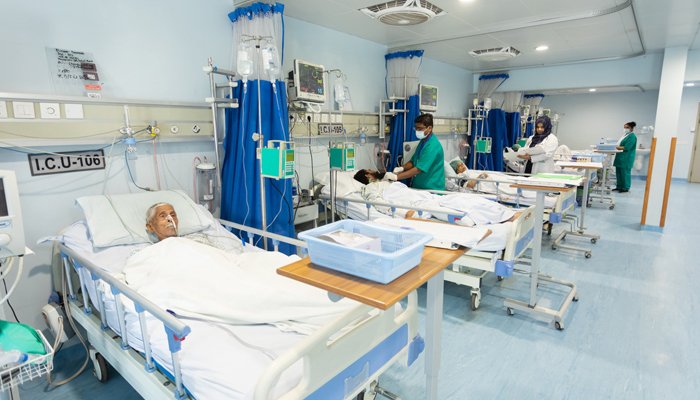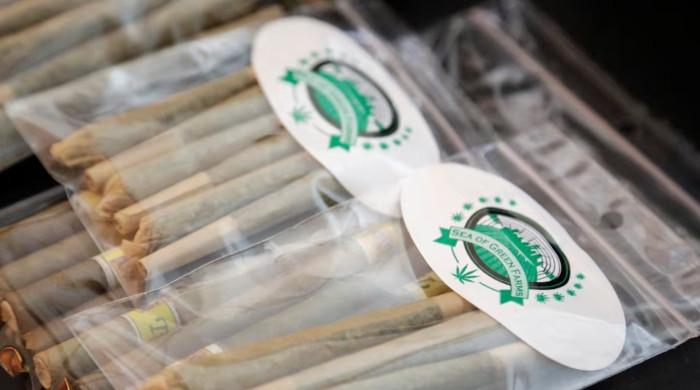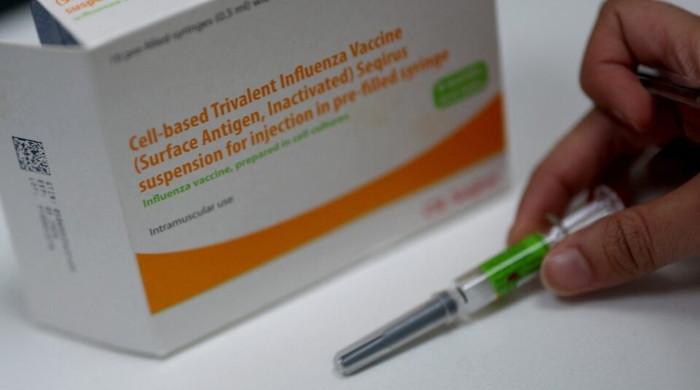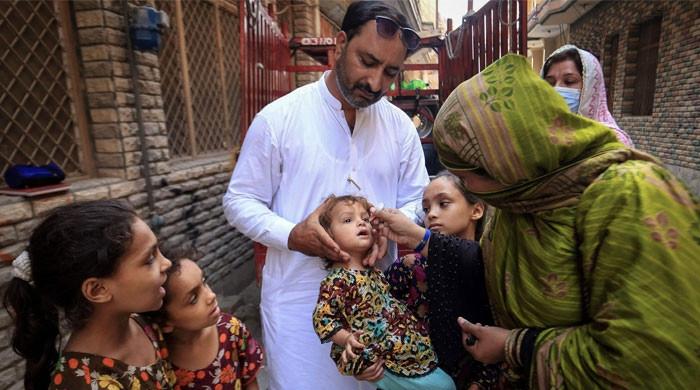COVID-19 recoveries in Pakistan surpass 1 million as deaths near 25,000 mark
Coronavirus infection tally rises to 1,116,886 with 3,239 new cases, NCOC data shows
August 20, 2021

- NCOC counts 1,002,430 recovered cases after recording 3,027 more survivors.
- Pakistan's positivity rate is now 6.23%.
- The number of active or currently ill patients are at 89,673
ISLAMABAD: The number of patients who have recovered from COVID-19 in Pakistan exceeded one million on Friday, the National Command and Operation Centre's data showed, as the death toll closes in on the 25,000 mark.
The infection tally also rose to 1,116,886 with 3,239 new cases reported over the last 24 hours after 51,982 COVID-19 tests were conducted, the NCOC stats showed.
The number of active or currently ill patients are at 89,673, which is the highest since May 2 when the country recorded 89,661 active cases.
The NCOC counted 1,002,430 recovered cases after 3,027 more survivors were recorded. Meanwhile, 70 more people lost their lives to the disease, raising the death toll to 24,783.
The daily positivity rate, or rate of infected patients among those tested, is 6.23% out of 51,982 tests as of August 20. The recommended rate by the World Health Organization is below 5%, since high numbers may mean high transmission.
Read more: Coronavirus cases on the rise again in Pakistan
The average number of new infections reported each day in Pakistan rose by more than 940 over the last three weeks, 16% of its previous peak, according to Reuters.
COVID-19 infections are decreasing in Pakistan, with 4,050 new infections reported on average each day. That’s 69% of the peak — the highest daily average reported on June 17.
Pakistan has administered at least 44,736,977 doses of COVID-19 vaccines so far. Assuming every person needs two doses, that’s enough to have vaccinated about 10.3% of the country’s population.
During the last week reported, Pakistan averaged about 716,137 doses administered each day. At that rate, it will take a further 61 days to administer enough doses for another 10% of the population.









